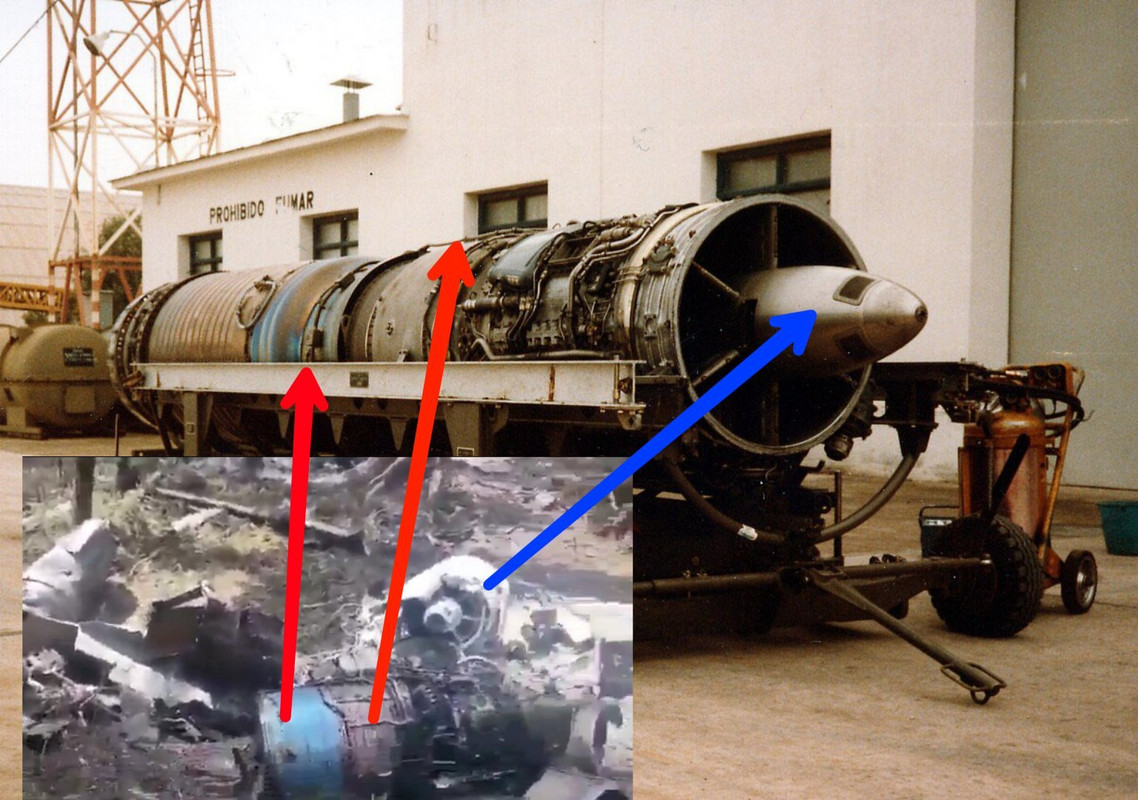SOURCE: AFI

In the wake of the May 2025 Indo-Pakistan clashes, world-renowned air warfare historian Tom Cooper has published a damning report detailing the confirmed losses of the Pakistan Air Force (PAF) during India’s Operation Sindoor, which spanned May 7–10. Cooper’s findings, shared via a post on X under his ACIG handle, provide a meticulously researched account of PAF aircraft losses, backed by intensive visual confirmation through photographs and satellite imagery.
The list paints a stark picture of the PAF’s vulnerabilities, contradicting Pakistan’s official silence and raising questions about its military transparency during the conflict.
The Confirmed Losses According to Cooper: A Devastating Blow to the PAF
Cooper’s report, based on visual evidence, lists the following PAF aircraft losses between May 7 and May 10, 2025, during India’s retaliatory strikes following a terror attack in Indian-administered Kashmir:
- 1 Mirage (variant unclear): Shot down on May 9, likely during an attempted intercept of Indian aircraft.
- 1 Mirage 5: Also shot down on May 9, possibly while conducting a ground attack or reconnaissance mission.
- 1 JF-17C Thunder: Downed on May 7, marking an early loss in the conflict and exposing the limitations of Pakistan’s domestically produced fighter jet.
- 1 F-16: Suffered at least “badly damaged” status inside the main hangar at Bholari Air Base, with Cooper noting that the jet may have been the original one assigned to that base, making its loss particularly symbolic.
- 1 C-130 Hercules: Destroyed during a missile strike on Nur Khan Air Base, a critical logistics hub for the PAF.
In addition to these aircraft losses, Cooper cites satellite imagery confirming the destruction of 1 Saab 2000 Erieye AWACS at Bholari Air Base. The loss of this airborne early warning and control (AEW&C) platform is a significant blow to Pakistan’s situational awareness capabilities, as the Erieye system is crucial for coordinating air defense and detecting incoming threats.
The PAF’s aircraft losses reflect the intensity of India’s offensive. The JF-17C, shot down on May 7, was likely engaged by an IAF fighter—possibly a Rafale, which Cooper notes is being pushed by Beijing as a “victorious Rafale-killer” for export to the Colombian Air Force. The Mirage and Mirage 5 losses on May 9 suggest desperate PAF attempts to counter Indian air superiority, while the F-16 damage at Bholari and the C-130 destruction at Nur Khan highlight the vulnerability of even well-protected bases to India’s missile strikes. The loss of the Saab 2000 AWACS, confirmed by satellite imagery, further underscores the PAF’s inability to safeguard critical assets.
Pakistan’s Silence: A Strategic Zip-Lip?
Cooper’s post raises a pointed question: “Why is official Islamabad zip-lip about all these losses?” The PAF’s silence contrasts sharply with its historical tendency to downplay or deny losses, as seen during the 2019 Balakot airstrike aftermath. In 2025, this reticence likely stems from multiple factors:
- Domestic Morale: Admitting the loss of five aircraft, including a prized F-16 and a critical AWACS, would undermine public confidence in the PAF, especially after India’s strikes exposed its air defense vulnerabilities.
- International Embarrassment: The destruction of the Saab 2000 AWACS, a high-value asset supplied by Sweden, and the F-16, a symbol of Pakistan’s military ties with the U.S., could strain diplomatic relations and raise questions about the PAF’s operational readiness.
- Propaganda Efforts: Pakistan’s military engaged in a disinformation campaign during the conflict, falsely claiming to have neutralized BrahMos missiles with “soft kill” measures and struck Indian targets. Admitting these losses would undermine such narratives, which were already debunked by India’s Ministry of External Affairs with visual evidence.
The PAF’s silence also aligns with its broader strategy of relocating assets and seeking a US-brokered ceasefire to avoid further escalation, suggesting that the losses were severe enough to force a defensive posture.
Cooper’s findings highlight the shifting aerial balance of power in South Asia. The PAF’s losses, particularly the JF-17C and F-16, expose the limitations of its fleet against India’s modernized air force. The JF-17, a joint Pakistan-China project, has been marketed as a cost-effective lightweight fighter, but its loss to a likely Rafale underscores the technological gap between the two air forces. The Rafale, equipped with Meteor beyond-visual-range air-to-air missiles and advanced avionics, has proven its edge in the conflict, a fact Beijing appears to be leveraging in its export push to Colombia.
The destruction of the Saab 2000 AWACS is particularly significant. Pakistan operates a small fleet of these platforms, which are critical for early warning and battle management. Losing even one reduces the PAF’s ability to detect and respond to threats, especially against low-flying, high-speed weapons like the BrahMos. This loss, combined with the damage to airbases like Bholari and Nur Khan, suggests that India’s strategy of targeting high-value assets was highly effective.
NOTE: AFI is a proud outsourced content creator partner of IDRW.ORG. All content created by AFI is the sole property of AFI and is protected by copyright. AFI takes copyright infringement seriously and will pursue all legal options available to protect its content.